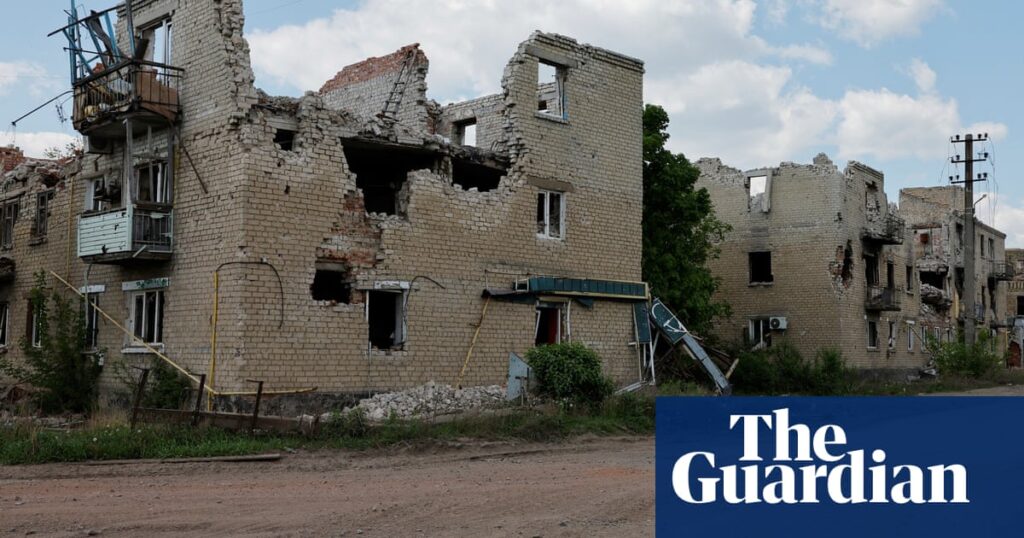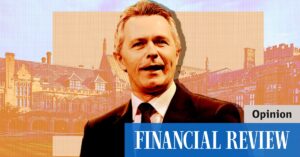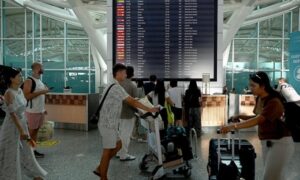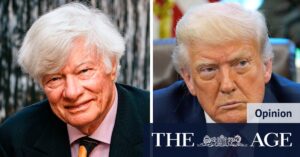
In a significant development in the ongoing conflict between Russia and Ukraine, Moscow’s forces have reportedly seized full control of the Luhansk region. This claim, made by Leonid Pasechnik, a Russia-appointed official in the area, was broadcast on Russia’s state TV Channel One on Monday. If confirmed, Luhansk would be the first Ukrainian region to be fully occupied by Russia since the conflict began over three years ago. However, there has been no immediate response from Ukrainian officials regarding this assertion.
This announcement comes as North Korea’s state media displayed images of leader Kim Jong-un participating in what appeared to be the repatriation of soldiers who died fighting for Russia in Ukraine. The photographs, shown during a gala performance in Pyongyang, depicted Kim draping national flags over coffins, highlighting the deepening military ties between North Korea and Russia.
Russia’s Strategic Advances and Global Reactions
Russian state media and pro-war bloggers have also claimed the capture of a village in the Dnipropetrovsk region, marking the first such advance in this area. Dnipropetrovsk lies west of the Donetsk region and is not among the territories Russia has formally claimed. The lack of confirmation from both Ukrainian officials and the Russian defense ministry leaves these reports unverified.
Meanwhile, the European Union has announced a new long-term trade agreement with Ukraine. This deal, which has been a point of contention due to protests from EU farmers, includes quotas on tariff-free Ukrainian agricultural imports. The agreement, still pending finalization, aims to balance trade interests by maintaining these quotas while Ukraine aligns its food production standards with those of the EU by 2028.
Economic and Diplomatic Dimensions
On the economic front, the International Monetary Fund (IMF) has completed its eighth review of Ukraine’s $15.5 billion support program, authorizing an additional $500 million disbursement. This brings total disbursements to $10.6 billion, providing crucial financial support to Ukraine amidst ongoing conflict. However, the IMF cautioned about “exceptionally high” risks to Ukraine’s economic outlook.
German Foreign Minister Johann Wadephul, during a visit to Kyiv, accused Russian President Vladimir Putin of seeking to “subjugate the whole of Ukraine” and spreading fear across Europe. Wadephul dismissed Putin’s purported willingness to negotiate as a “facade,” echoing sentiments from Kyiv and its allies who have accused Russia of undermining diplomatic efforts.
Historical Context and Future Implications
The current developments in Luhansk and Dnipropetrovsk are reminiscent of past territorial conflicts in the region. Russia’s annexation of Crimea in 2014 and subsequent military actions have drawn parallels to the present situation, with international observers closely monitoring the implications for European security.
Experts suggest that Russia’s strategic moves could be aimed at consolidating control over key areas before winter, potentially altering the dynamics of the conflict. The international community remains divided, with some advocating for increased sanctions and others urging diplomatic resolutions.
As the situation unfolds, the global focus remains on the humanitarian impact of the war, with millions displaced and critical infrastructure damaged. The international community’s response, particularly from the EU and NATO, will be pivotal in shaping the conflict’s trajectory.
Looking ahead, the potential for escalation remains high, with both sides preparing for further confrontations. The outcomes of these developments will likely influence not only regional stability but also the broader geopolitical landscape.





